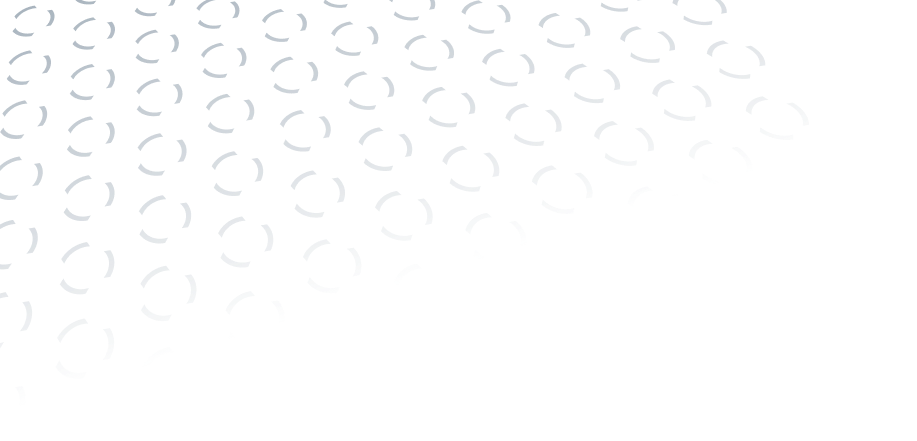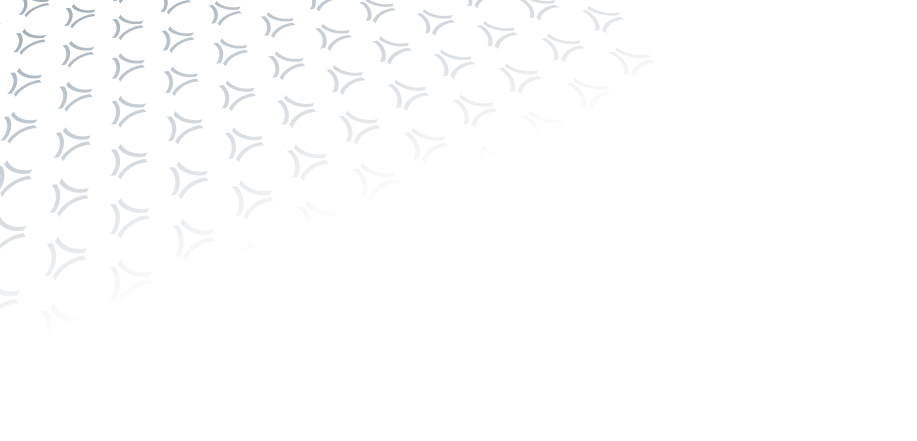The aim of these activities is to bring closer the time when, for example, a crucial medication will not need to be transported to the operating room via congested roads, but through the air. In addition to parcel delivery, the future may also hold the possibility of passenger transport. What innovative projects are UpVision specialists currently working on?
In 2023, the Uspace4UAM project was completed, which was overseen by SESAR, the Single European Sky ATM Research organization. Experts from UpVision, under the leadership of Honeywell and in collaboration with other participants from Spain, the United Kingdom, Austria, Germany, Poland, and the Czech Republic, including Air Traffic Control, conducted the first drone delivery flight demonstration in the Czech Republic.
The demonstration took place within the controlled airspace (CTR) of Brno, specifically from Brno Airport and approximately ten kilometers away beyond visual line of sight, as stipulated by drone operation regulations. For this, UpVision specialists utilized advanced technologies, not only from Honeywell. The flight was pre-planned in a multi-level corridor, with safety procedures in place to activate if the drone strayed from its designated flight envelope. If the drone were to fly completely out of the designated area, a parachute would deploy, allowing the drone to land safely.
This procedure ensures that the drone cannot deviate from the corridor, which is one of the conditions for operating drones for parcel delivery. UpVision demonstrated this in the fall of 2022. Based on similar flights, work is underway to develop drone delivery, i.e., parcel delivery using drones. It is a longer process, also from a regulatory perspective, but in this regard, UpVision and its partners are striving to bring this innovative solution to the Czech Republic for operational use, not just for demonstration purposes.
Currently, UpVision is working with Czech and Italian partners on the MEDuSA project for the European Space Agency (ESA). As part of this project, the partners are developing a system for detecting drones within a specific perimeter. While systems based on active or passive radar are already available, the one currently being tested is entirely innovative.
The system operates on two components. The first component consists of smaller sensors that are distributed within a specific perimeter, such as an airport or a prison, for example. In this regard, UpVision is collaborating with Prague Airport. All sensors are equipped with GNSS receivers, meaning satellite navigation. The second component is a control center, where algorithms for detecting drone movement are processed and evaluated.
Within the perimeter defined by the sensors, the system attempts to detect when a drone enters the area, based on satellite navigation. Radars are not required; only sensors placed on the ground or on structures are needed. A significant advantage over radars is that detection can occur in any weather condition, even in fog or darkness, and is designed to operate 24/7. The project is currently in the phase of testing the sensors, and their functionality will subsequently be verified in collaboration with Prague Airport.
The third project that UpVision is working on is called CERTIFLIGHT, an initiative of the EU Space Program Agency (EUSPA), which is based in Prague-Holešovice. UpVision is part of a consortium with multiple partners, led by an Italian company, with additional partners from Spain, Italy, and other countries. Within this project, a box is being developed—a kind of remote ID for drones. Simply put, it is an independent device that shares precise information about the drone's location.
There are already several solutions like this, but the innovation of this one lies in the fact that it operates on the new OSNMA service, which has been launched by the Galileo satellite navigation system. "Thanks to this, we can verify whether the drone's location is 100% accurate and whether it is not being disrupted by, for example, spoofing or jamming. This is becoming increasingly common today, with incidents recorded in Poland near the frontlines of the Russia-Ukraine conflict," explains Jakub Karas from UpVision. Many drones are heavily dependent on GNSS signals.
This additional device also allows for the verification of, for example, whether photos taken by a drone were captured at a specific time and place. This capability is utilized in the Mediterranean Sea, where drones are used for border control in relation to migrant movements. This Galileo service, which can be linked to the drone's camera and operates independently of the drone, also provides a remote ID service. This means it makes the drone visible, which is a new requirement as of 2024 for certain categories of drones in the EU.
On the domestic front, UpVision launched work in 2024 on the project "Test Implementation of U-space in the Czech Republic." The main coordinator of the project, funded by the Technology Agency of the Czech Republic (TAČR), is the Department of Air Transport at the Faculty of Transportation Sciences, Czech Technical University (CTU) in Prague. UpVision is collaborating on this project with other partners, including Dronetag, AgentFly Technologies, and Air Traffic Control of the Czech Republic.
"Together, we are addressing the implementation of U-space, which is a system for managing drone traffic. We aim to test the conditions and the U-space system itself in the Czech Republic. Over a two-and-a-half-year period, we want to demonstrate the mandatory services to prove that we can provide these services in the Czech Republic," explains Štěpán Alexa, CEO of UpVision and Chairman of the Section for the Implementation of Autonomous Robotic Systems at the Chamber of Commerce of the Capital City of Prague. The goal of the project is to establish so-called U-space zones where drones can operate under much better and safer conditions.
On the other hand, aircraft within the U-space zone must also be visible. Many recreational piloted vehicles, for example, do not have this capability. "This is where the devices we are developing in the CERTIFLIGHT project with EUSPA will come into play," adds Jakub Karas. All these innovative projects share a common goal: to safely integrate drone operations into the airspace and enable their advanced operations.
Share
















